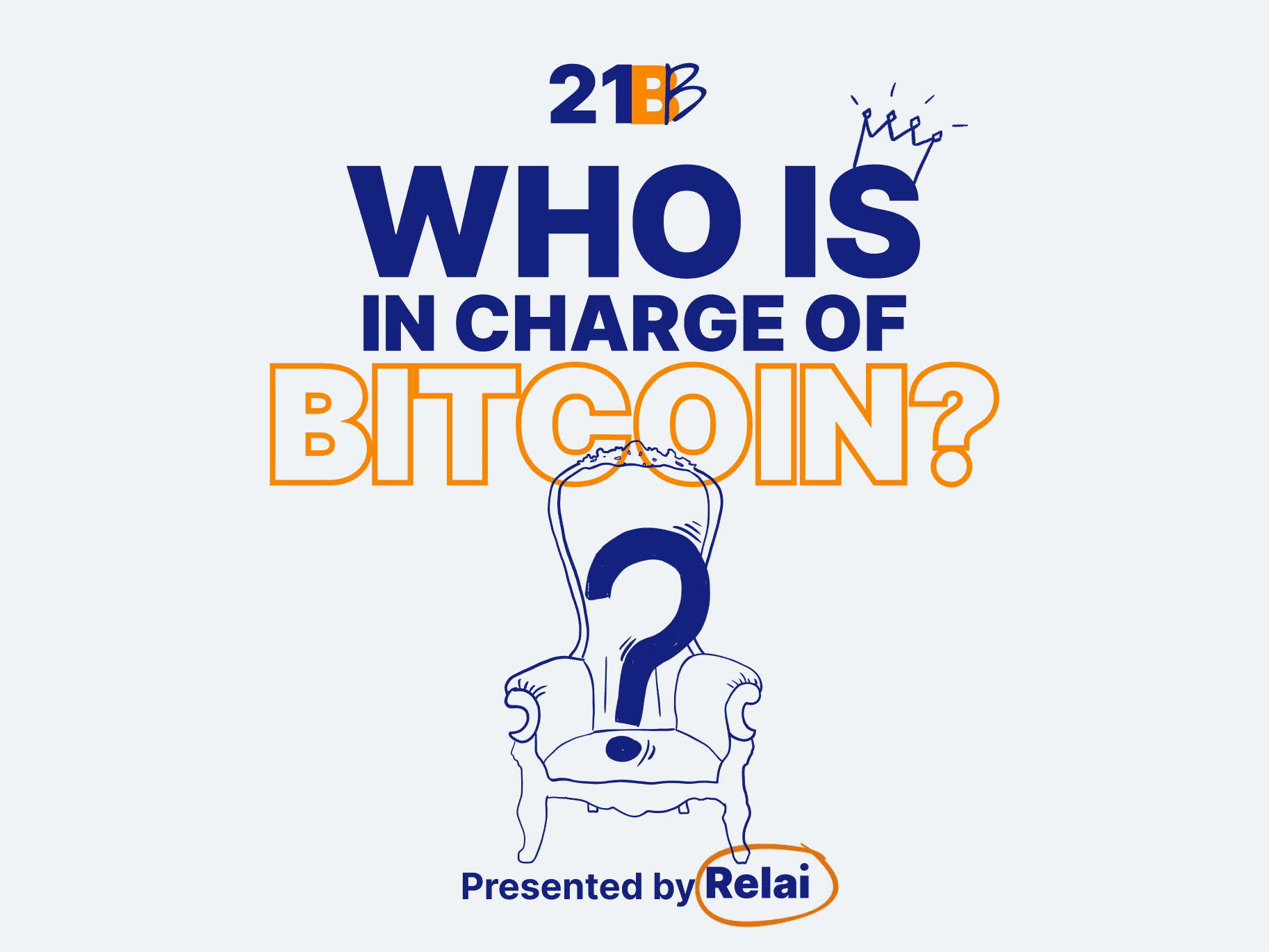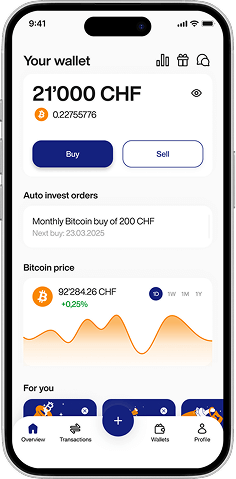So you’ve heard about Satoshi Nakamoto and know that Bitcoin is an open-source cryptocurrency with a fixed set of rules that (more or less) can’t be changed. Now you might wonder: With Satoshi gone, who is actually in charge of Bitcoin?
In this lesson, you’ll learn why there is no Bitcoin CEO, who is in fact leading the Bitcoin project, the difference between miners and full nodes, and who is working on Bitcoin’s code.
So who is in charge of Bitcoin?
The answer is simple: no one.
No single person, company, or any other entity, but more or less everyone, secures the Bitcoin network.
It’s not the Bitcoin miners or powerful companies in the industry. During the ‘blocksize war’ many people feared they could take control of the Bitcoin network and enforce their preferred rules. However, regular users prevailed who can run cheap and energy-efficient Full Nodes from home and define which rules Bitcoin should follow.
Such a User Activated Soft Fork (UASF) happened during the ‘blocksize war’ when a pseudonymous contributor named Shaolin Fry proposed that UASF be used to activate Segregated Witness, which is now part of the Bitcoin code.
Who Is Developing Bitcoin?
Bitcoin is, at its core, a piece of open-source software. This means that anyone can look into every single line of code and that everyone can also edit it, add things or launch their spin-off version. The first and main version of the Bitcoin software Satoshi launched, and we are talking about here, is called Bitcoin Core.
The very basic rules of this Bitcoin Core software are set in stone. Things like a maximum amount of 21 million, a 1 MB block size or a (roughly) 10-minute block time are all things that everyone contributing (developers) and running the Bitcoin Core software (miners and full nodes) agree on.
However, adding new features to the Bitcoin software is more complicated, and not everyone is allowed to do that.
What’s The Difference Between Miners, Nodes, Developers, and Users?
Bitcoin’s governance model may seem odd at first glance: It’s not a democratic system where the majority can impose their will on a minority with a different opinion. In Bitcoin, the system is anarchic. Each participant in the network can decide on their own which version of the Bitcoin software they want to run and which changes they want to accept.
In this anarchic system, there are multiple players with different powers:
- Developers: Satoshi Nakamoto released the first version (v 0.1) of the Bitcoin software on January 8, 2009. Since then, over 750 individual developers have contributed to the open-source Bitcoin Core software. No one leads this group of people. Instead, those (sometimes anonymous) individuals decide how they want to contribute to the Bitcoin software. Each change has to go through a rigid process called Bitcoin Improvement Proposal (BIP), where suggested code changes are peer-reviewed by other Bitcoin developers. This process allows anyone to propose changes or comment on other ideas. Any changes made to the Bitcoin software protocol and software must also be approved by the people running it, which brings us to the next point.
- Nodes: Individual participants of the Bitcoin network, who run the client software, are called nodes. A node contains a copy of the full Bitcoin transaction history (aka the Bitcoin ‘blockchain’), which means that every node can verify transactions independently. They own a copy of the Bitcoin ledger. Nodes can be run with cheap hardware, like a Raspberry Pi or an old Laptop. They are also the ones who decide which version of the Bitcoin software dominates. So, if the developers mentioned above introduce a new feature the Bitcoin community doesn’t like or change the rules of the Bitcoin protocol, nodes would simply continue to run an older version.
- Miners: A special kind of node is miners. They are the only participants in the network who add new transactions by signing blocks every 10 minutes that contain those transactions. As a reward, they receive freshly minted bitcoins. One key aspect of Bitcoin is while miners are the only ones who are adding blocks to the network, they are not the ones who dictate the rules. You can think of miners as network participants who follow the rules set by nodes and are getting rewarded for their effort.
- Users: As a Bitcoin user you can either hold or spend bitcoin, but you can do everything mentioned above: contribute to the code, run a node, or mine bitcoin. The anarchic power structure between all those participants described here leads to the case that users who own the majority or, say, a lot of bitcoin can also not change the rules or dictate in which direction the Bitcoin network could be developed. A Bitcoin developer who owns 0 bitcoin but has a good idea that other developers like and nodes want to run has way more power than someone who owns thousands of bitcoin.
Bitcoin is not complete software, and people worldwide are constantly contributing to this non-profit open source project.
What about Satoshi?
Unlike most other cryptocurrencies, Bitcoin’s inventor is not around anymore, and it’s unknown who he (or she, or they) even were.
A common misconception is that Satoshi mined a lot of bitcoin at the beginning and that the Bitcoin network is centralized. The thing is that owning a lot of BTC doesn’t give any more rights on the Bitcoin network than someone who owns one satoshi.
Therefore, it’s irrelevant who Satoshi was. Or in other words: We are all Satoshi.
Takeaways:
- No single person, company, or entity is in charge of the Bitcoin network.
- Bitcoin is an anarchic system where multiple players have different powers: developers, nodes, miners, and users. Every one of those players is important.
- Bitcoin is not complete software, and people worldwide constantly contribute to this non-profit open-source project.
Disclaimer: Relai services are exclusively recommended for Swiss and Italian residents. None of this content constitutes investment advice. Always conduct your own research before investing in any digital asset.






